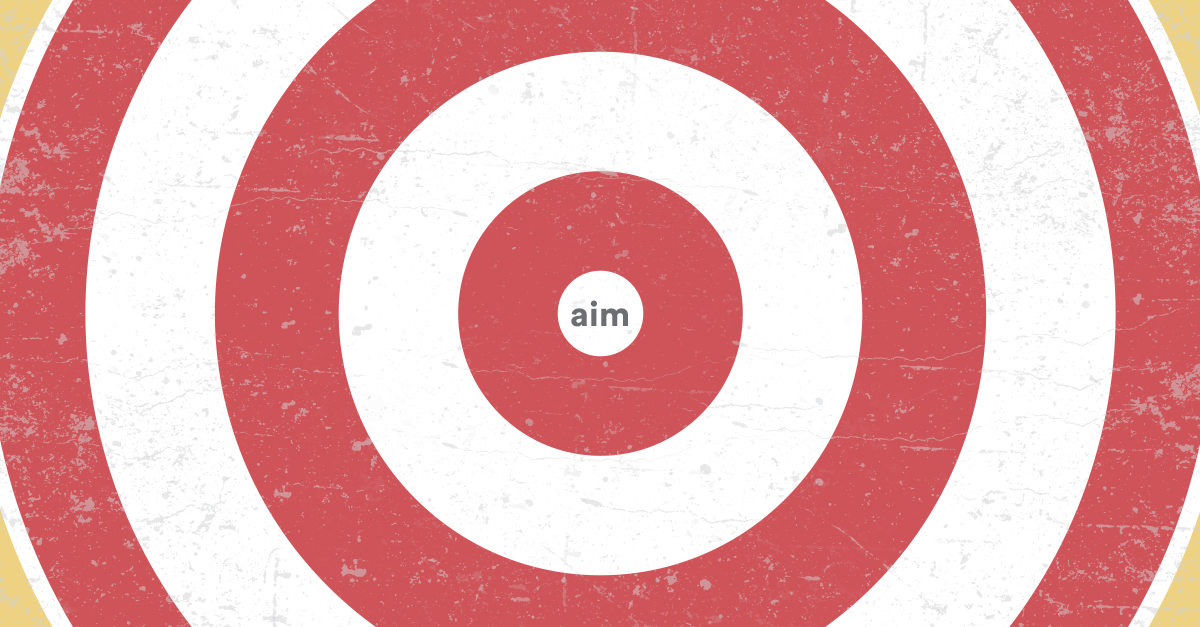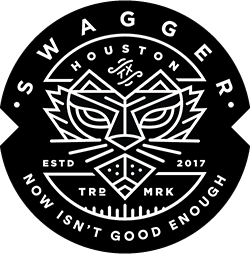
The Importance of a Strategy-First Approach
The common saying in entrepreneurial circles is that business owners tend to Ready, Fire, and Aim. Meaning we steady our position, shoot at our target, then realize we should have aimed before pulling that trigger. This results in efforts that miss the target wildly, send employees scrambling to duck for cover, and ultimately waste resources. This could also result in damage to the brand, lost customers, and a general lack of cohesion within marketing communication channels.
As a business owner, I’m certainly not immune to impulse decisions, love at first sight with new trends or ideas, and any other of the numerous distractions that can take a team off course. It’s critical to have a great group of people doing the “readying” and “aiming” so that a company is prepared to properly and tactically “fire” at the right time, in the right direction.
In our experience, this comes through effective strategy. Strategy can take many shapes and price tags. It can range anywhere from a simple sketch on the back of a drink coaster to a comprehensive Brand Strategy document. Ultimately, it involves a clear focus on the following:
- Goals—What are you trying to achieve through these marketing efforts? What does success look like? Do you have a victory condition?
- Target—Who are you aiming for? Is your audience clustered in a small group outside of Des Moines or do they span the globe? Are they young, old, short, tall, purple, or made of felt?
- Language—Not just the actual language (English, Dothraki, etc.) but the style and channels in which your target audience prefers to communicate. Are they employees in your company or new customers who live on Pinterest? There are likely going to be multiple places to connect with your intended audience, and each place may need a variation or new language in which to communicate with your brand.
- Timing—Is this something that has to happen tomorrow or else fissures in the Earth’s crust will reveal themselves, thereby swallowing humanity and eliminating any chance of ever providing a 20% BOGO again? Or is there time to develop a plan, split test amongst different pieces of creative, then refine through each sales channel?
Once you have a clear idea of the above, your team will be better aligned to help execute, your aim will be better, and your results will have a much greater chance of success. It’s hard to do it alone and as I’ve learned from experience, you need a good team behind you to help you stay on course during the process. If your team needs help from ours, we’re all ears.
To stay up-to-date on everything happening at Swagger, make sure to follow us on Facebook, Instagram, and LinkedIn. Now isn’t good enough.
